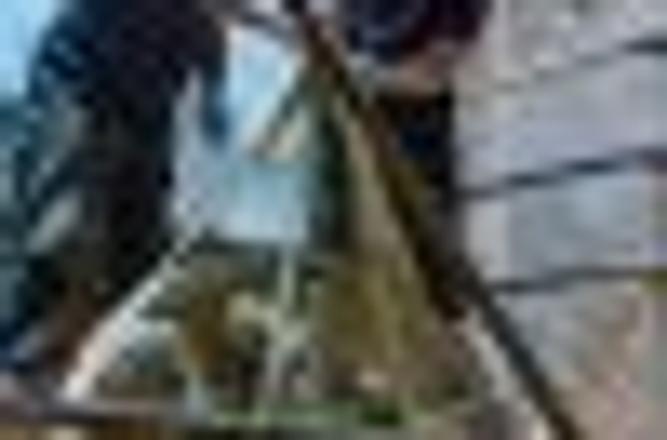A UNIQUE medieval fresco in Nitra’s Saint Emeram’s Cathedral, depicting the life of the Virgin Mary, was discovered in 2012 behind an early Baroque altar. An international expert committee subsequently agreed to keep the fresco in place, and to relocate the Altar of the Descent from the Cross, which dates back to 1662, to another section of the church.
The committee “decided that the altar is a piece of furniture, after all, and if anything is moved, then it [should be] the altar. The fresco is part of the architecture,” head of the cathedral’s restoration works Vladimír Plekanec told the SITA newswire. The altar, which is almost seven metres tall, was moved to the western nave, where in May it was installed approximately 30 centimetres in front of the late-Baroque altar dedicated to St John of Nepomuk – which will remain unharmed but will not be viewable to visitors.
The stone altar had to be dismantled into 60 separate pieces and then reassembled and fastened to a steel frame, in a type of procedure not commonly carried out in Slovakia. “We put (the altar) together authentically, like it was assembled originally,” restorer Jana Balážiková told SITA. She added that the lighter pieces of the altar weigh 50 to 70 kilograms, while the heaviest piece, the relief Descent from the Cross itself, weighs about 1.2 tonnes. Each piece had to be lifted with a pulley and put exactly in the right place to prevent serious or irreversible damage.
Plekanec added that the fact that the altar is made of stone made its handling difficult, as the restorers have more experience working with wooden altars.
The medieval fresco – probably a work by an Italian master from a renowned workshop in Siena or Naples – depicts the life of the Virgin Mary on Earth and after her assumption, and combines all three scenes in a single painting, rather than divided into separate images. It is believed to be the only fresco of its kind in central Europe.


 Nitra oltar2: It took several people to move the old stone altar. (source: TASR)
Nitra oltar2: It took several people to move the old stone altar. (source: TASR)